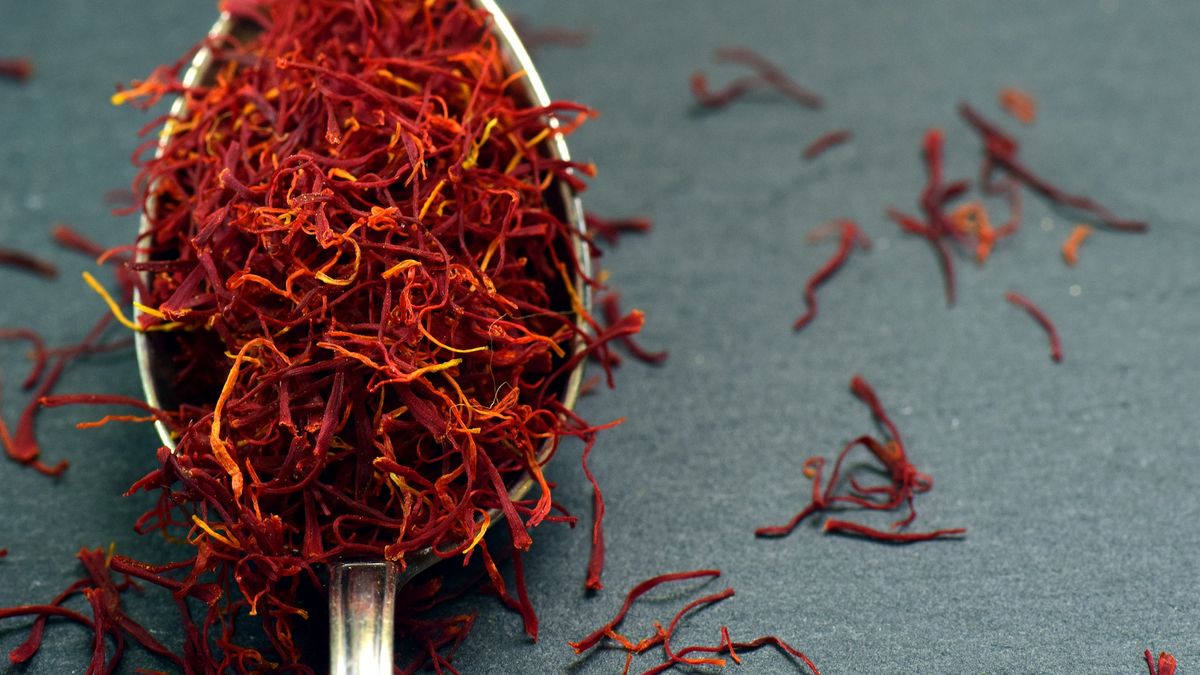Although it is not a crop that generates great returns to be the main product to be exported, it is considered that it will have extensive development in the future.
The cultivation has certain peculiarities: it is carried out in the autumn-winter-spring, a time of scarce agricultural activity, the plants require soils of medium fertility and require low requirements. Another peculiarity is that cultural work can be carried out with simple and common tools and requires few chemical inputs. In addition, it escapes climatic damage and can become a perishable product due to its dehydration process.
Azafrancultivo.jpg
Courtesy: Mediterranean Saffron IG
According to the report, Argentina is not a country that consumes this type of product very regularly. The demand for high-quality strands comes from gastronomy, from restaurants that offer Mediterranean-style dishes, where saffron is an ally of the table. However, This product also has another little-known destination, but with much more demand in the country: the liquor industry. It is used for the elaboration of the fernet. This sector buys between 2,000 and 2,500 kilos of saffron per year, which arrive in Argentina from Iran, a country that produces around 295 tons per year of the 300 tons produced in the world.
Today two of the provinces that most cultivate this “red gold” are Mendoza and Córdoba. In Córdoba, more particularly in Villa General Belgrano, you can visit the “red gold” field called Mediterranean Saffron. Mediterranean Saffron became a true company that exports its products all over the world. One of its buyers is the emir of the United Arab Emirates who contacted Azafrán Mediterráneo to be able to have his own business. They produce not only the ingredient, but also the metal boxes in which the product travels. The same company already has 12 fields throughout Argentina and in addition to gastronomy, it also impacts the possibility of being used for the manufacture of perfumes.
According to Agrofy, it is also harvested in Mendoza, one of the few provinces in the country where saffron is currently planted and cultivated, there are around 50 producers who are meticulously dedicated to this family farming production system. Through different sales channels they began to market the product with their brand and this year they made the first export to the United States. A product that, without a doubt, must be taken into account.
Source: Ambito
David William is a talented author who has made a name for himself in the world of writing. He is a professional author who writes on a wide range of topics, from general interest to opinion news. David is currently working as a writer at 24 hours worlds where he brings his unique perspective and in-depth research to his articles, making them both informative and engaging.




